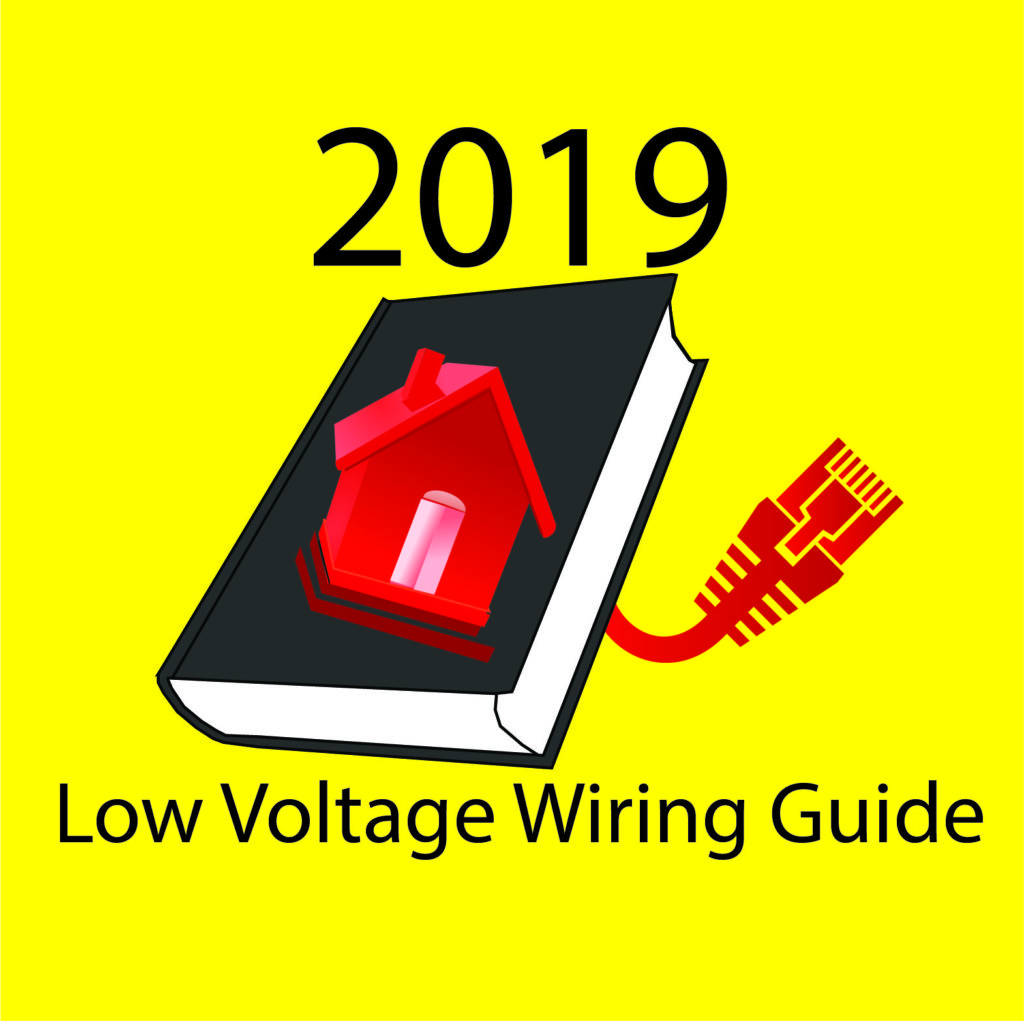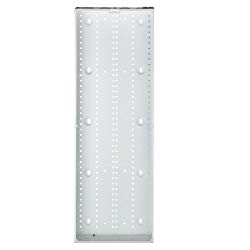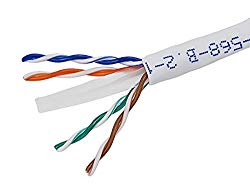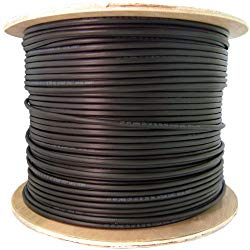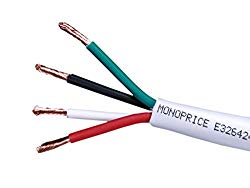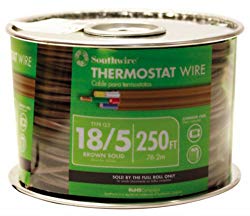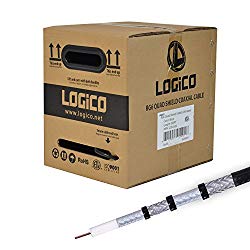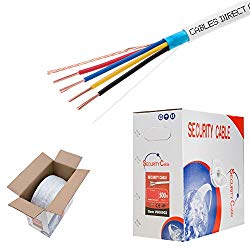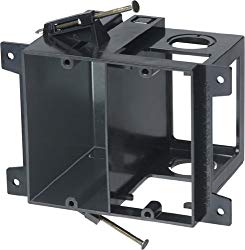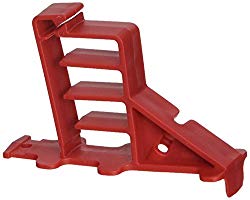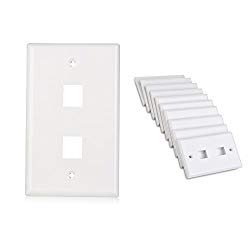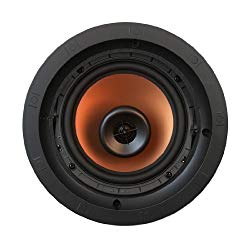Even in 2019 with all of the wireless devices that are available, it's important to understand what low voltage wires you should be running when building a new home. This document, the 2019 Low Voltage Wiring Guide, will explain what those wires are, where you should be running them and why.
More...
Structured Cabling Systems
Structured cabling systems is a name given to the low voltage infrastructure used in residential construction. For instance, it usually consists of the wiring, jacks, distribution panels, and network interface device (the device the utility or vendor install in your house to supply their service). These systems are used to support the homes network, audio, video, security, and home automation needs. We will go through each of these and explain what wires you should be running to properly cover the needs of a modern home.
Structured Media Enclosures
The structured media enclosure is the distribution panel for a home's low voltage wiring. It is an enclosed box, where all of the low voltage wires get terminated so that they are protected from getting damaged and to keep them from getting dirty and dusty. Ideally this media enclosure, the security panel and the media rack should all be in close proximity to one another. This prevents the need to run long interconnect cables between them.
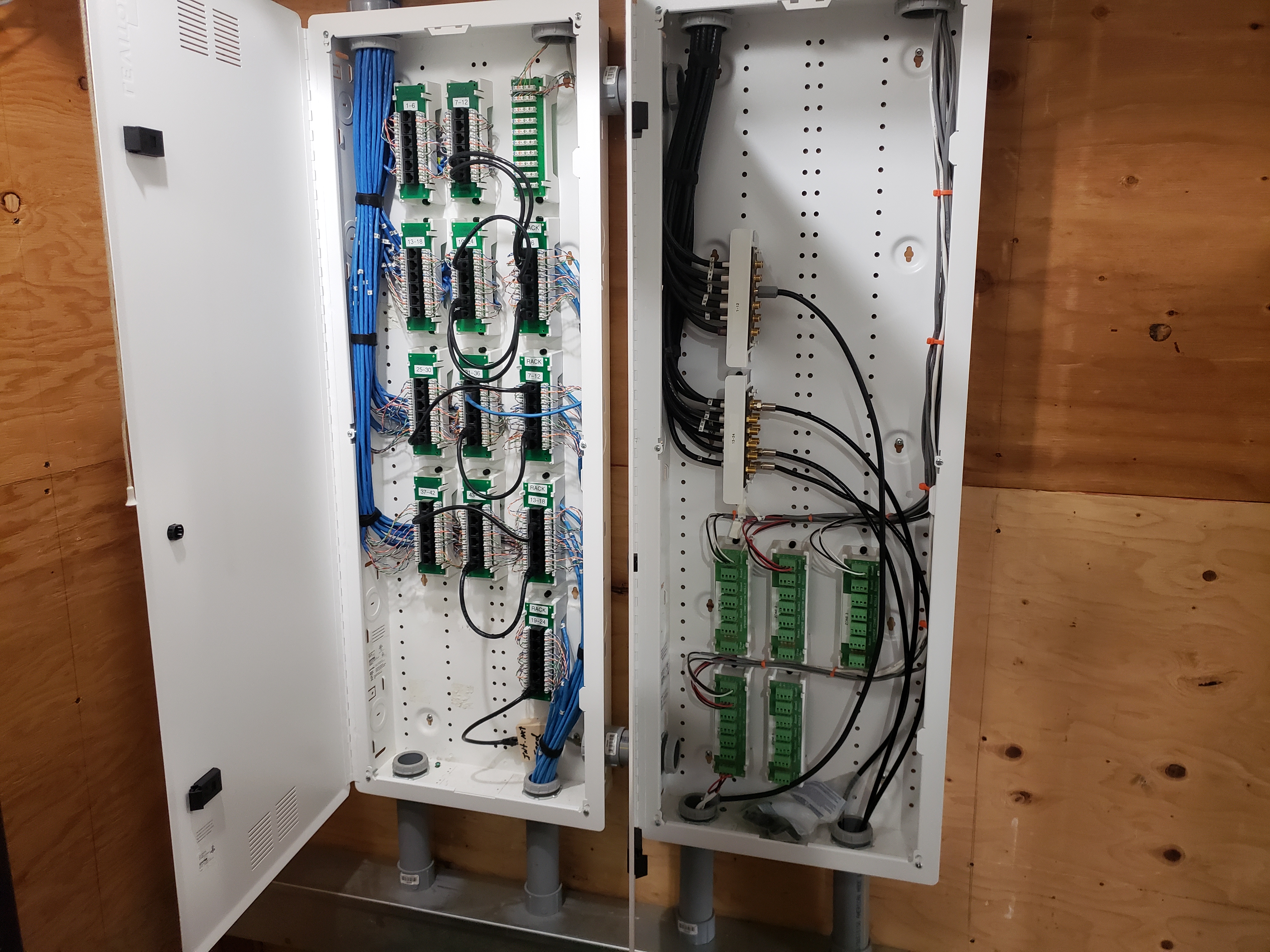
Media Panel Open
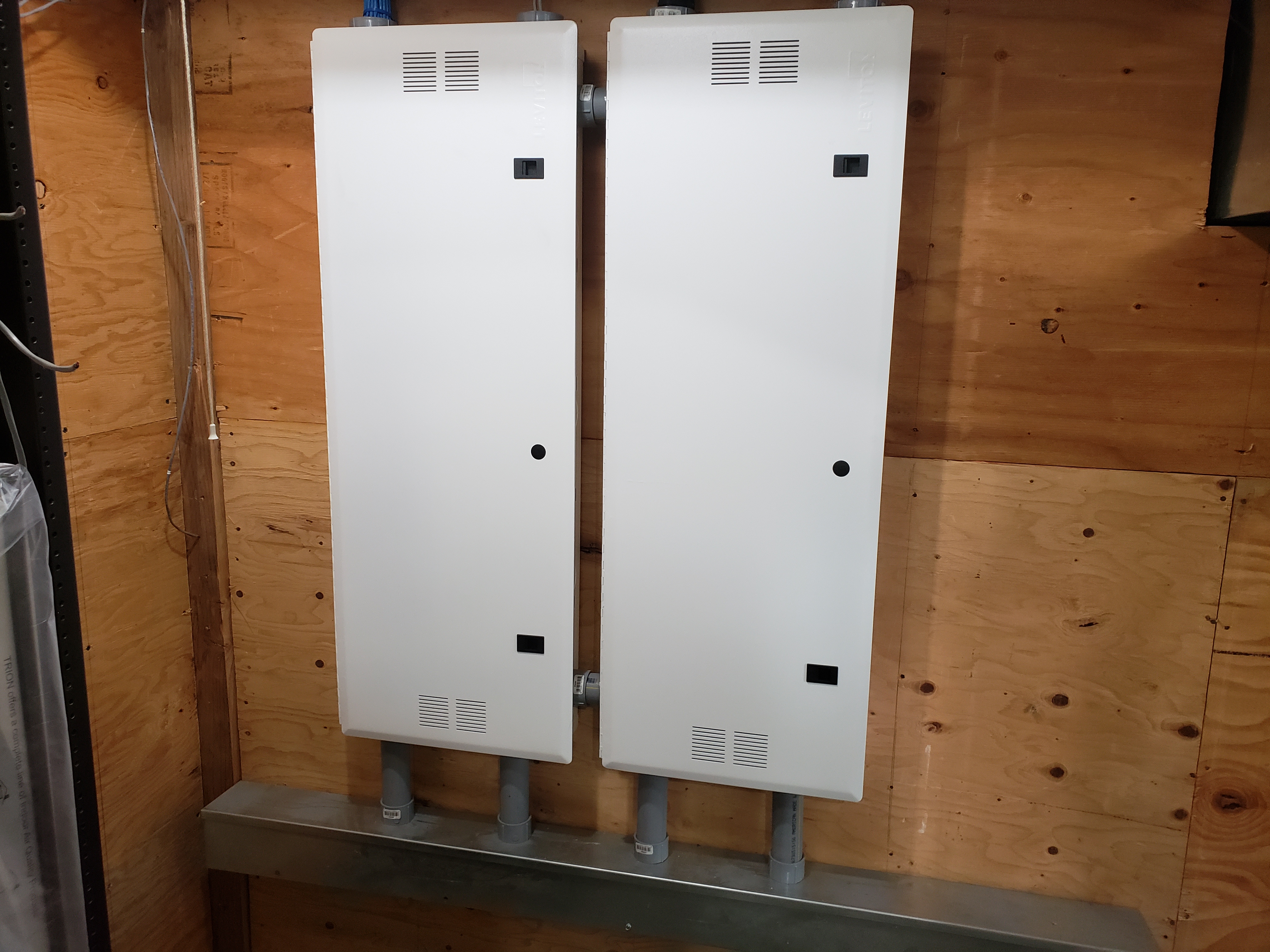
Media Panel Closed
These enclosures come in a few different sizes. It's always better to have more than enough room, for this reason, I use the 42" version.
Wire Types
First let's get familiar with the different types of low voltage wires most often used when wiring a new home.
The most common type of low voltage wiring used in the home is Unshielded Twisted Pair cable or UTP for short. UTP has four pairs of wires for a total of eight. As the name suggests, there is no grounded shield around the wires and the pairs are twisted together. The twisting helps prevent the signal on one wire from jumping onto the other wire, which is called cross talk. This allows for less interference and higher bandwidth. The categories define the maximum bandwidth the cable can handle. Category 6 or 6a cables are the most prominent in use in homes today. Category 6 is good for 10Gbps for up to 40 meters while Category 6a can support 10Gbps up to 100 meters.
If there is a need to run a network cable more than 100 meters (300 feet), fiber will be needed. This is the case in some larger homes or if there is a need to get a network wire to an out building. Fiber optic cable isn't that common in residential settings, but it can be a good option if you hit the distance limitations of the copper cables. The reason this isn't used that often, is because it is difficult to work with and requires specializes crimping tools and connectors that can be pricey. It is a cable that has glass fibers in it that are used to transfer light, instead of electricity. Because it uses light instead of electricity, it isn't susceptible to cross talk or outside electromagnetic interference. For this reason it can be the only alternative for long distance runs, or runs where there is a lot of interference.
Speaker wire is mainly used for whole house audio and home theater applications. It is usually a pair or two pairs of stranded copper wire. The rating for this cable is AWG or American Wire Gauge. The lower the number, the thicker the wire and the more power it can handle. You will often see these written as the AWG/Number of Wires. 12/2 for example is two 12 AWG wires in one cable. The power rating and the distance need to be factored in when deciding which gauge wire to use. For most applications, I recommend using a 14/4 wire. Two pairs can be made by combining the wires if the speaker has just two inputs. Some speakers have separate inputs for the tweeter and woofer. In that case all four wires can be used.
Thermostat wire is a cable consisting of two to seven 18 AWG solid copper wires. As the name suggests, it is often used to connect a thermostat to a furnace and/or air conditioner. However, it is also very useful in other applications as we will see later on in this document.
Coax as it is called for short, has a single solid copper wire for a core that is insulated and surrounded by one or many grounded shields. The grounded shields are usually a combination of an aluminum foil and/or a braided wire mesh. It is most commonly used for transmitting high frequency signals over long distances. There are many different types of coax cable. Though the original definition came from the military, who no longer uses them, they were so common that they are still used today. The types are designated with an RG-#/xx. I won't describe all of them, but the most common coax cables found in a home are RG-59/U, RG-6/U and RG-6/UQ. The type describes the size of the core and the shield around the core. RG-59/U has a .64mm core and a single shield; RG-6/U has a 1.024mm core with a double shield; while RG-6/UQ has a 1.024mm core and a quad shield.
Security wire comes in many different forms. It can have stranded or solid copper conductors. It commonly comes in 18 and 24AWG with either two or four conductors. It is often used for wiring: keypads, occupancy sensors, door and window sensors and smoke detectors. It comes in both shielded and unshielded varieties. A few examples are: 22/2, 22/4 18/2 18/4.
Tips
Use these boxes at every location where a TV is going to be mounted to the wall. They can hold the electrical and low voltage wires. Mount it so that it won't interfere with mounting the TV, but will be hidden behind it. Install it so that there is a low voltage box in the same wall cavity. That way it is easy to run an HDMI cable between the TV and the media device.
Use these boxes for all other low voltage wire where a box is needed. Mount them at the same height as the electrical boxes. For most security sensors, speakers and some other devices, a box isn't needed. For those applications the wire will just come out of the drywall.
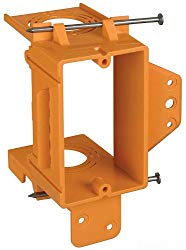
Low Voltage Box
Use these multi cable staples to keep the wires organized. They will work both horizontally and vertically.
Use these keystone wall plates for a nice clean finish. They come in many different hole counts. Keystone jacks that snap into these come in almost any configuration needed. Cat 6, F-connectors for RG-6, HDMI and telephone are just a few examples.
Network

Network
With so many devices being wireless, it's often thought that there is no need to run network wires. However, Cat 6 cable is relatively inexpensive and it is always better to run more than it may seem is needed, while the walls are open. Run network wires to any location where there will be a device that needs a lot of bandwidth. A media server or back up server for instance.
What to run...
- 1Four Cat 6 cables from the media enclosure to the location where the utilities are going to come in, used for Internet, phone and future needs.
- 2Four Cat 6 from the media enclosure to a jack location in the office, used for computers, backup devices, phones, wireless routers, etc.
- 3Two Cat 6 cables from the media enclosure to a jack location in each bedroom, used if there is ever a need for a wired Internet connection.
- 4One Cat 6 from the media enclosure to where the land line phone base will be located.
- 5Four Cat 6 from the media enclosure to each location where there will be media devices (AppleTV, Xbox, PlayStation, etc.)
- 6Two Cat 6 from the media enclosure to each TV location. Not the same location as #5, these should go to the actual TV location on the wall. These can be used for Internet to a SmartTV, or video feeds from other devices.
- 7If the house will contain home automation, A/V, whole house audio, security and other equipment it should be all located in a centralized equipment rack. If this is the case, then there should also be several Cat 6 cables from the media enclosure to the equipment rack.
Whole House Audio
Different whole house audio systems have different wiring requirements. If the exact system hasn't been picked out then wire in a way that will be as flexible as possible.
Home Theater wiring will be covered in another post.
What to run...
- 1One 14/4 speaker wire from your media panel to the volume control/keypad location in each zone and then onto the speakers for that zone. Leave a wire loop at the volume control/keypad location.
- 2One Cat 6 cable from your media panel to each keypad location. If your whole house audio system has digital keypads, they will need this cable.
Video
Most of the video wiring requirements is taken care of in the network section. However, it's still a good idea to run some extra wiring for video.
What to run...
- 1One HDMI cable from the media device to the TV
- 2Two RG-6/UQ from your media panel to each TV location for video feeds like a security camera
- 3Two RG-6/UQ cables to each media device location, used to support older cable TV, or satellite.
Security
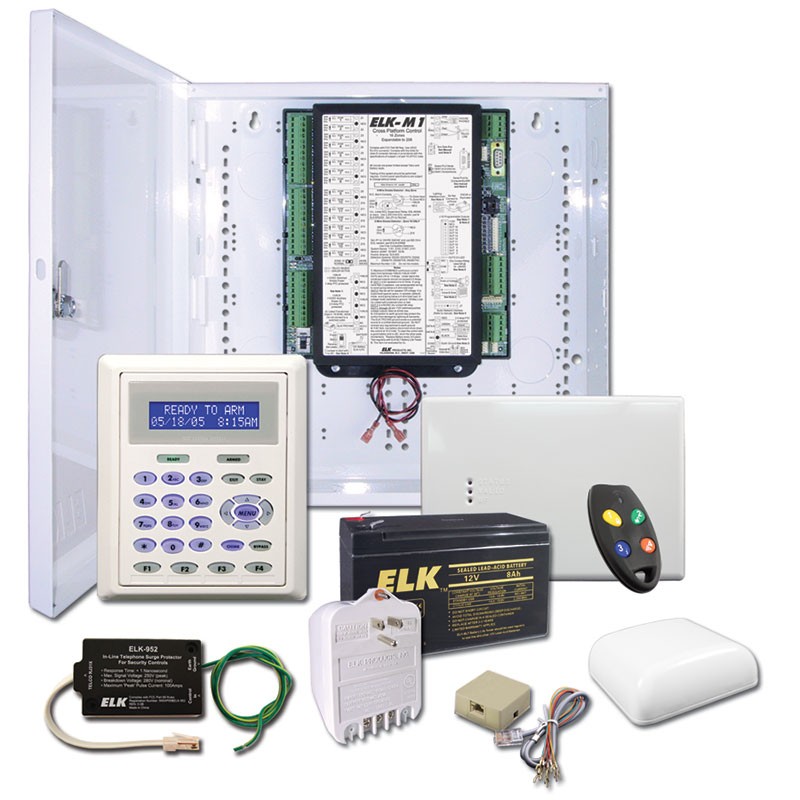
Security System
Security systems vary greatly, so it is best to get that picked out ahead of time or call an alarm company to rough it in. If it is going to be a DIY install and the systems hasn't been chosen, then there will need to be some wires run to support parts of the system.
There are also many different types of security cameras, that require different wiring. It is best to run enough wires to be as flexible as possible.
What to run...
- 1One Cat 6, one RG-6/UQ and one 18/2 from the media enclosure to each camera location. This will provide for maximum flexibility when choosing security cameras.
- 2One Cat 6 and one 18/4 from the media enclosure or security panel to each location where there will be a keypad.
- 3If there will be wired sensors, run a shielded 18/4 to those locations.
Home Automation
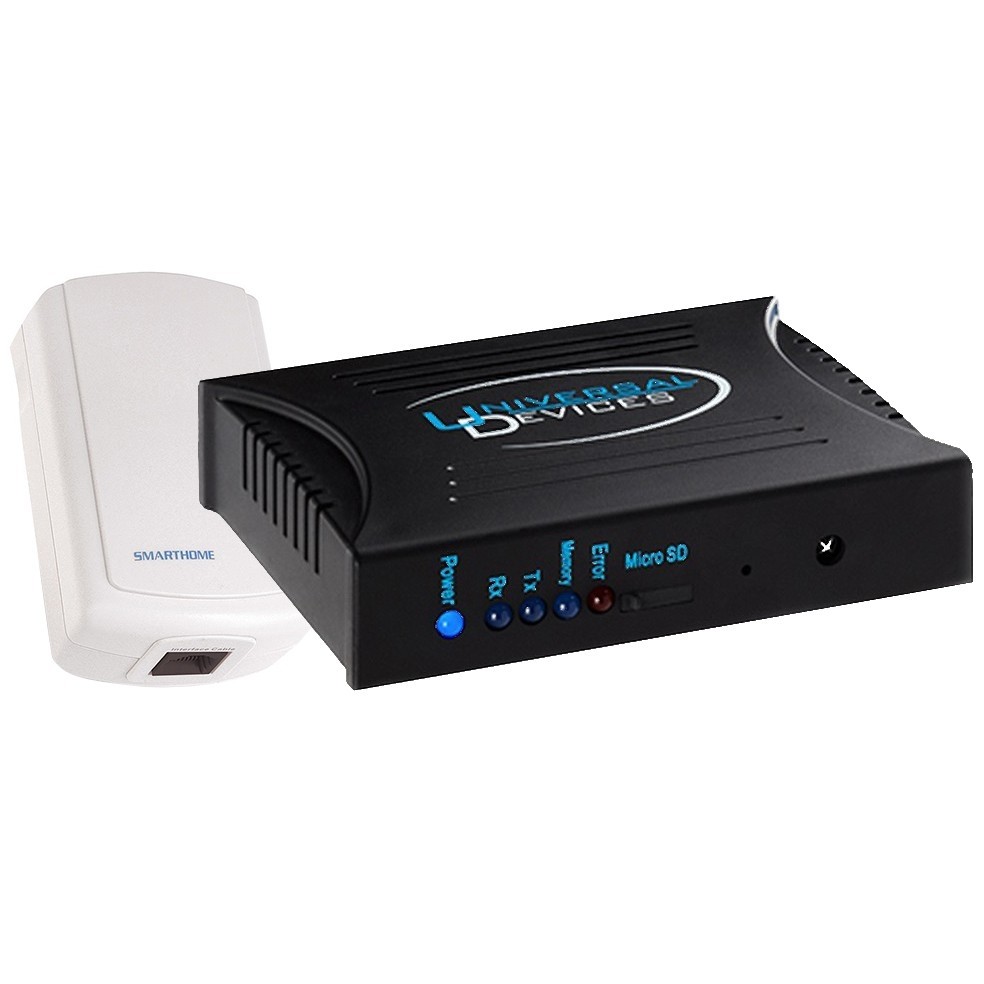
Home Automation Controller
What wires are run to support home automation will depend greatly on what home automation technologies are planned for the home.
What to run...
- 1Automated Blinds- Run an 18/2 from the media enclosure to each window where there will be an automated blind
- 2Keypad/Touchscreen- One Cat6 and one 18/2 from the media enclosure to any location where there will be a keypad or touchscreen
- 3Run an 18/5 from the media enclosure to any location where there will be RGB LED lighting. See our other articles on installing LED Soffit Lighting and LED Lighted Handrails.
Conclusion
I hope this guide helps you understand the different types of low voltage wire, where they should be run and why. Even in 2019, it is important to run the proper low voltage wires while the walls to your new home are open.
We didn't cover all possible low voltage wiring scenarios for your house. For instance there will be thermostat wires, usually handled by the HVAC contractor.
Running low voltage wires in a house under construction is something that anyone with a little know-how can do themselves and save a lot of money in the process.
If you have any questions, please leave them in the comments below and I will do my best to answer them.

